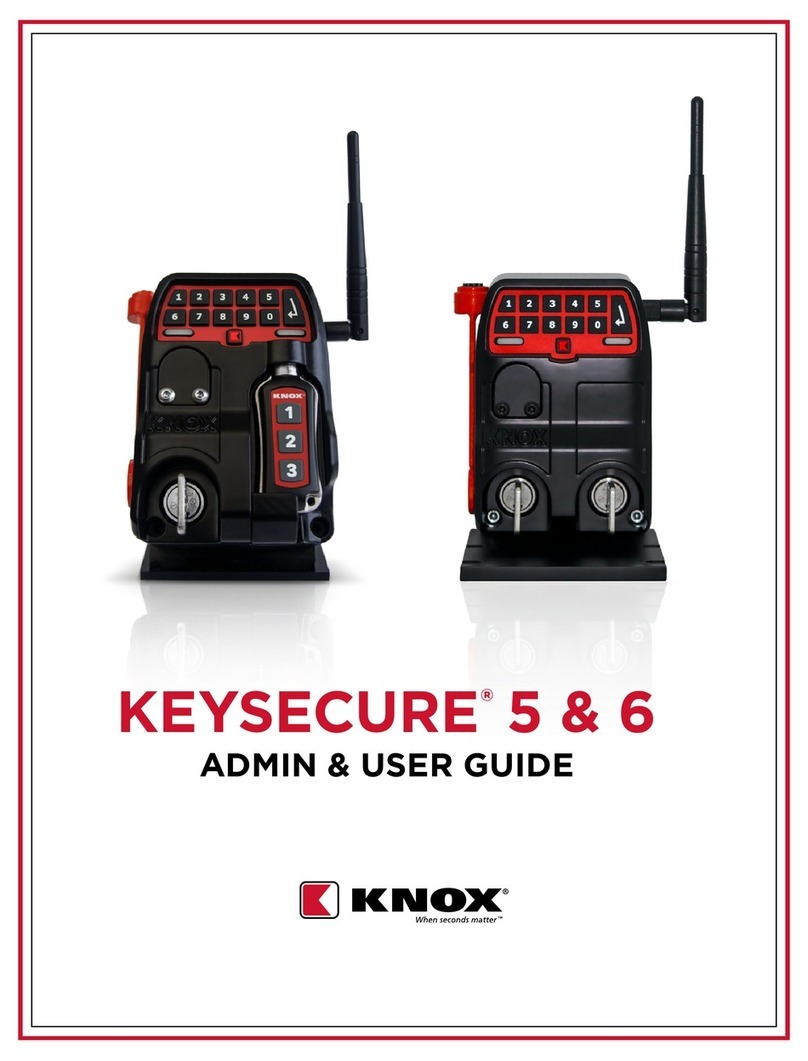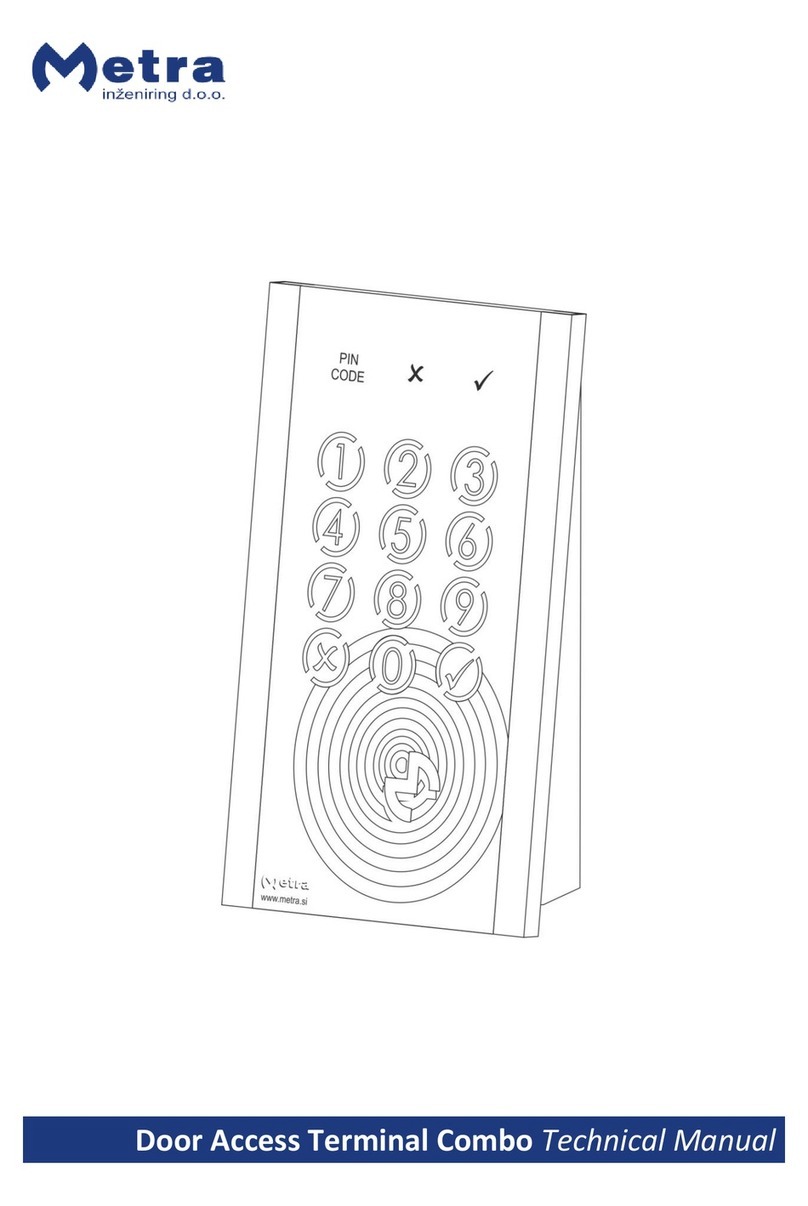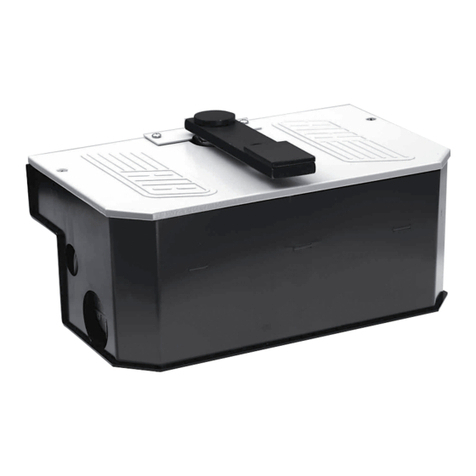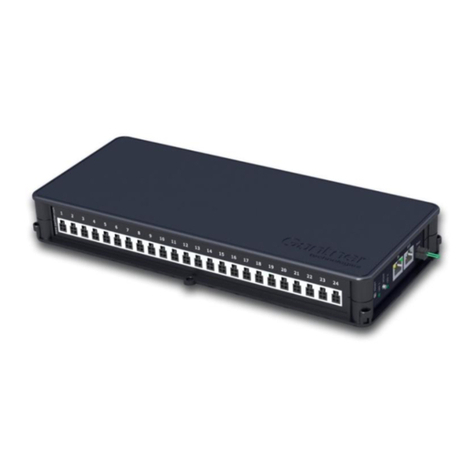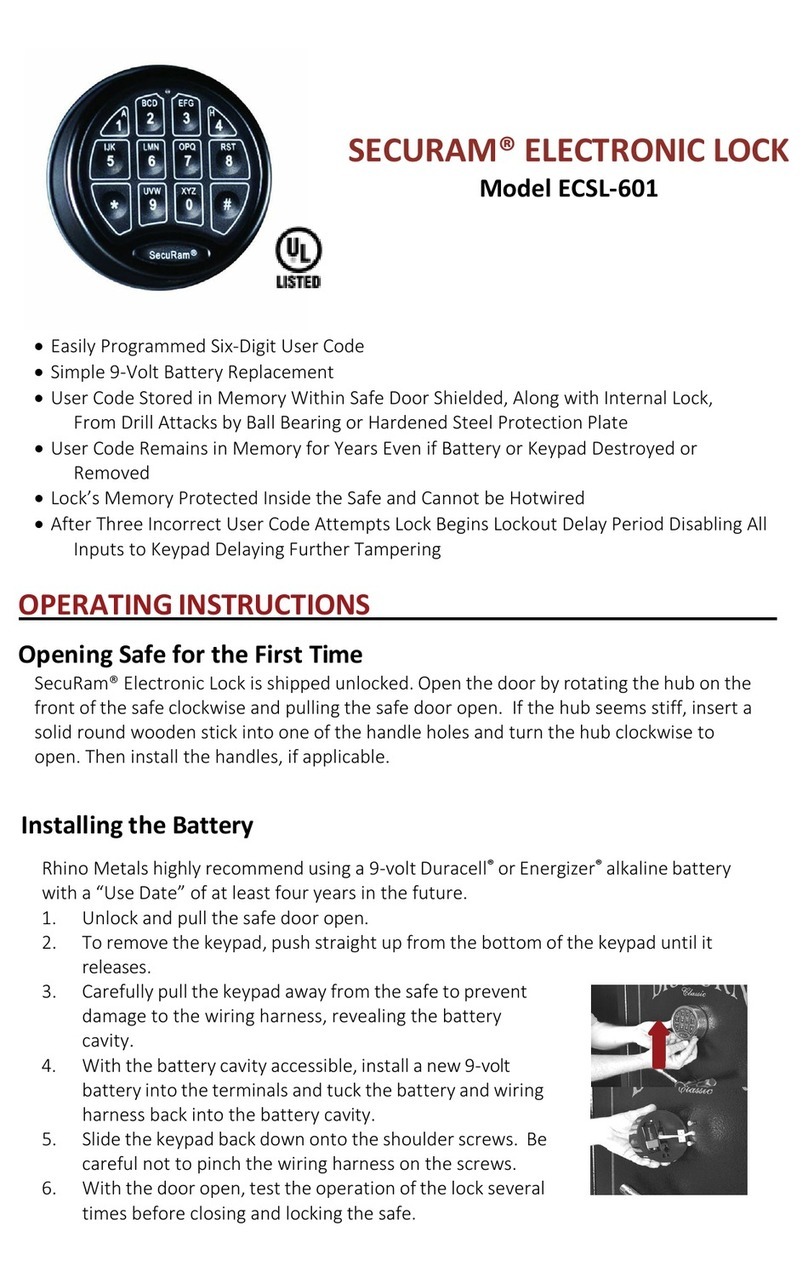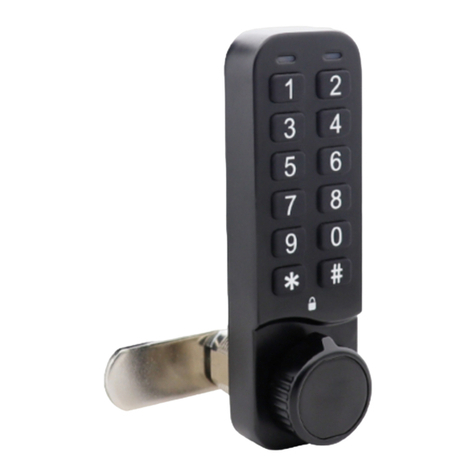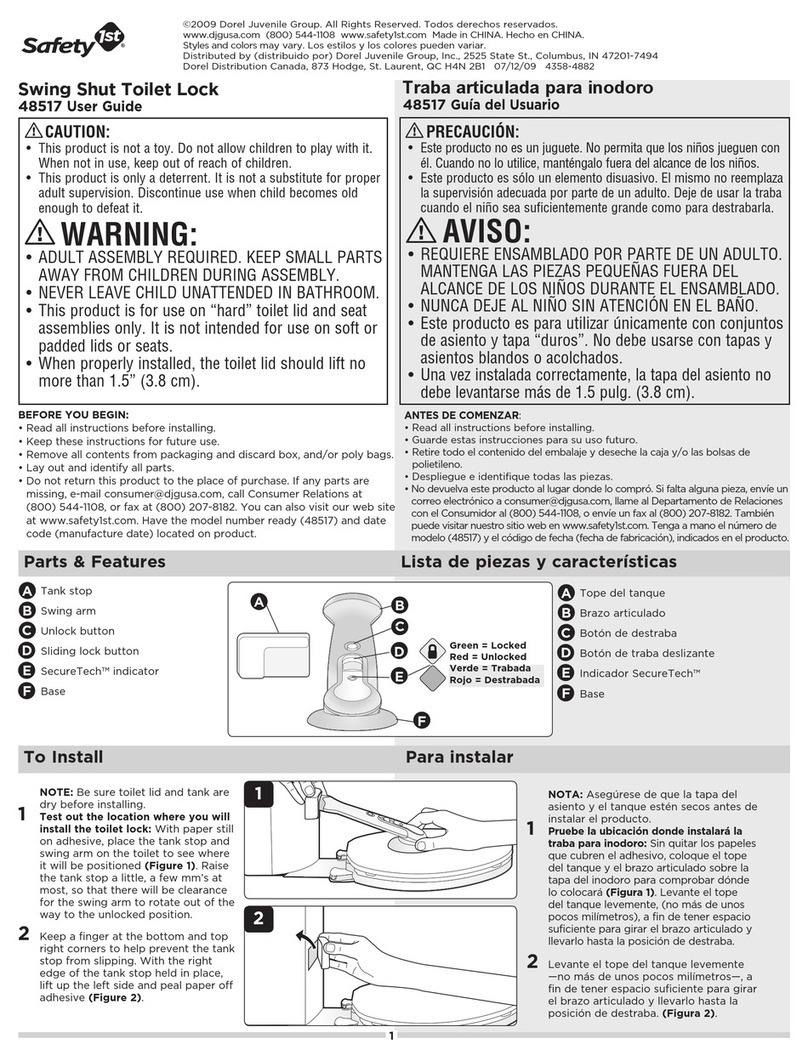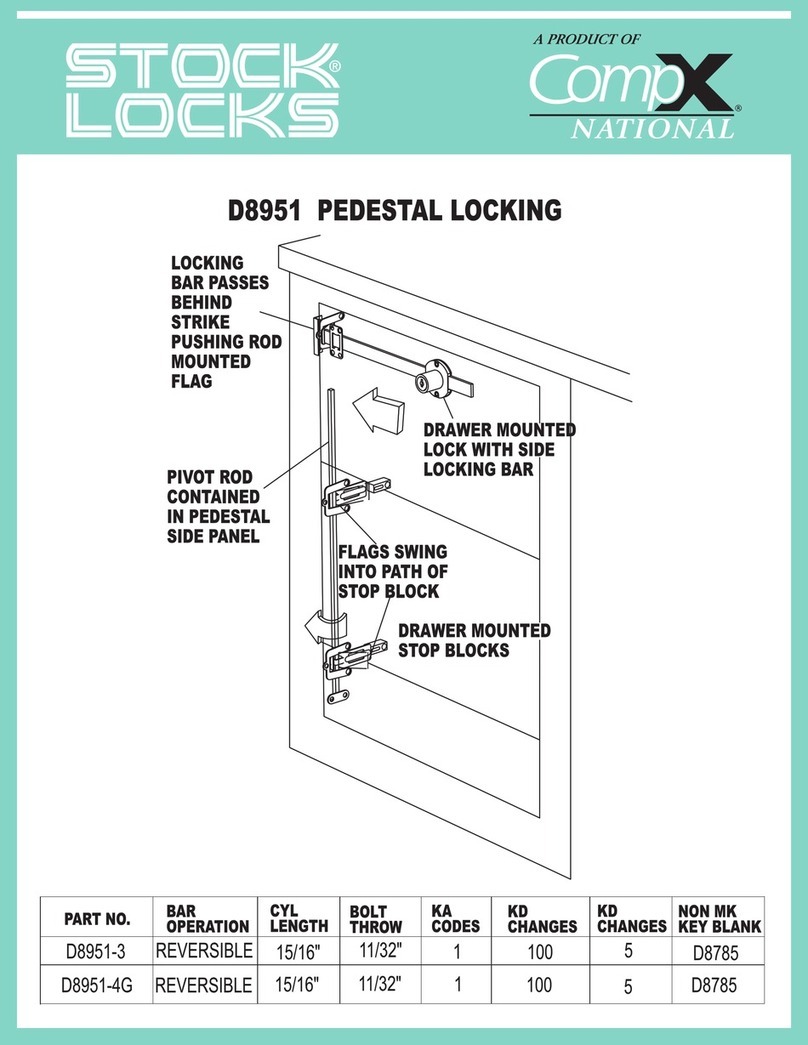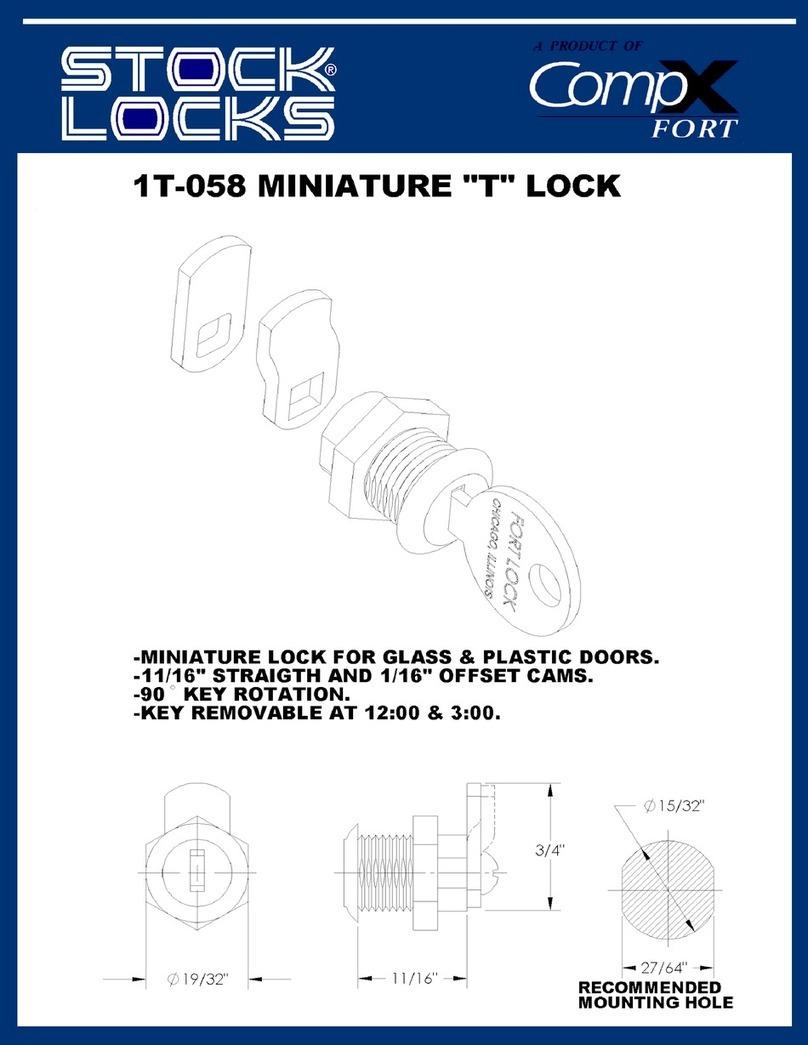Introduction
This manual provides an overview of the Rigging Projects Internal Lock system and its maintenance. Please read this manual carefully before
installation, use or maintenance, to ensure that you have understood and are familiar with all relevant details.
This manual is an essential part of the product and should be kept for reference. Further copies can be made available upon request.
User information
Prior to using this product, all persons should be made aware about the possible hazards associated with its operation and use. Any service work,
repairs maintenance or equivalent work carried out on the product should be undertaken by technically qualified persons/crew.
Any persons/crew carrying out service work, repairs, maintenance or equivalent work must read this manual prior to starting any works.
Disclaimer
It is not permitted to modify/alter the product or its parts in any way other than replacing parts subject to wear and tear with Rigging Projects
specified and supplied parts as described in this manual.
Rigging Projects Ltd is not liable for any dangerous situation, accidents, damage and consequences thereof caused when deviating from the
instructions, guidelines and procedures described in this manual.
To retain warranty do not deviate from the instructions, guidelines and procedures described in this manual.
1


